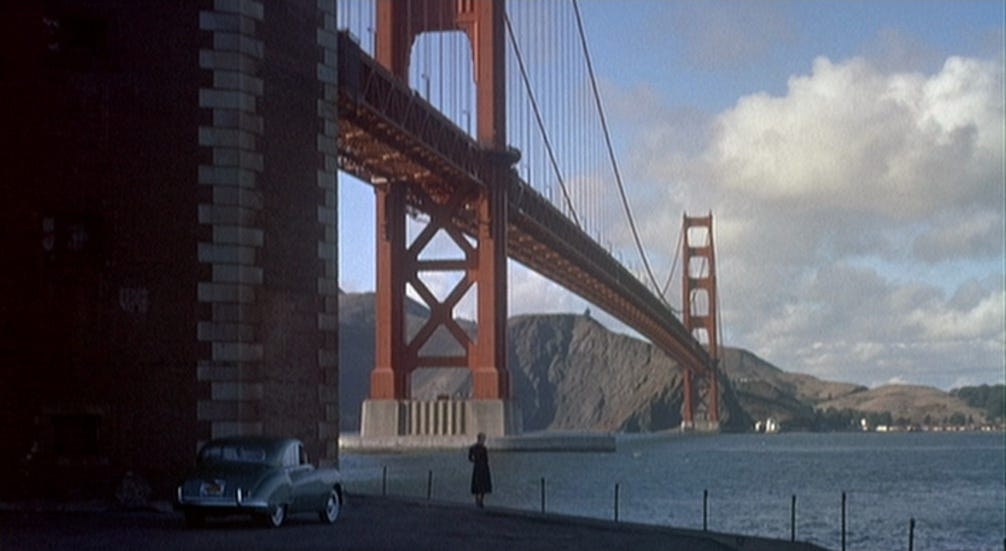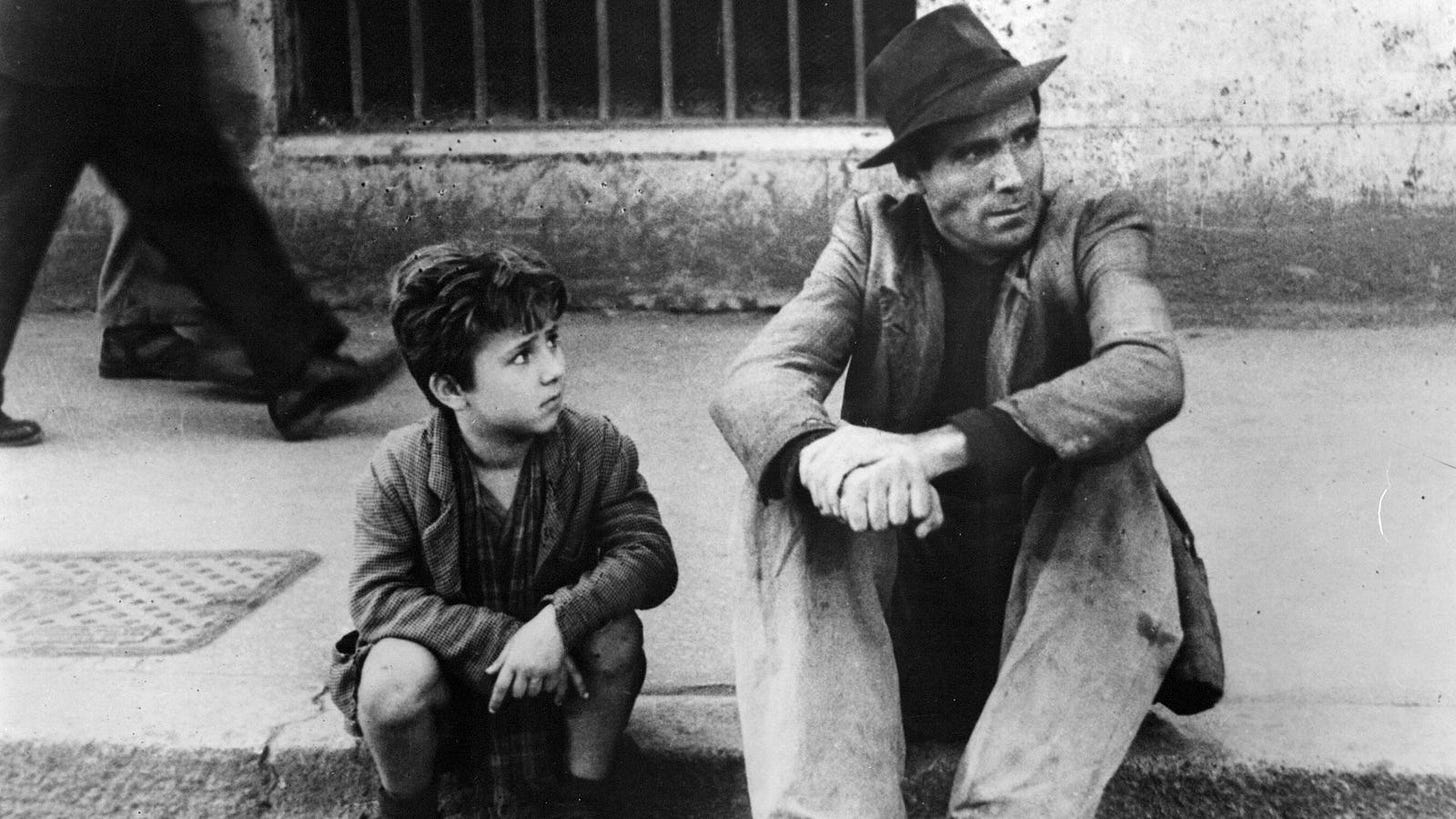The Long Take: The Blind and Deaf Poll
On this year's Sight and Sound poll, the challenges of canons and why the lens for the new one is important.
Lists are the bread and butter of Internet commentary. Number infinite bullet points of things and, regardless of how much detail you put in, your website is guaranteed the big metric. The significance of a list is what matters, particularly when it comes to assessing what makes a GOAT (greatest of all time). Some can be quantitative, which may prove to strengthen the objectivity of finding the greatest cricket player, or the best gamer. The rest of the list-making mediums is qualitative and subjective in nature.
This is where the concept of the ‘canon’ comes in. Merriam-Webster defines ‘canon’ as an accepted norm or principle. When it comes to arts and culture, the canon is a list of efforts that one would have to utilize if they have to explore deeply into the medium and understand how it came about. For paintings, the average Joe would have to go beyond the Mona Lisa, and into Rembrandt, Pablo Picasso and Norman Rockwell. That Joe would also have to read Shakespeare, Austen and Dostoyevsky if he wants to know what makes literature worth indulging in. But it doesn’t limit itself to those works because as time passes, the canon expands with more entries and remains open to everyone. This would involve expanding Joe’s taste with Indigenous Australian artists or vice versa.
This brings us to the Sight and Sound poll, in which critics and film professionals are asked to list the ten greatest films of all time. For this, there are two polls: the aptly named Sight and Sound poll, and the Directors poll, which is populated by directors. The former is currently topped by Vertigo, whereas Tokyo Story takes the reins of the latter. But it is one of those canons that urgently need a revamp.
Adrian Martin, a legend in Australian film criticism, defines it best in a 2001 paper called Light My Fire: The Geology and Geography of Canons:
Actually, I think there are three major kinds of canons that circulate in global film culture. The first kind I won’t talk about for long because, frankly, it disgusts me. It is the supposedly populist canon, the people’s canon, and it’s based purely on box office and commercial success; in other words, on money and business. Naturally, it is massively biased towards blockbuster Hollywood product. This is the canon with Star Wars (1977), Jurassic Park (1993) and The Sound of Music (1965) on it. In fact, let’s call it, for ease of reference, the Star Wars Canon.
Then there is, for want of a better term, the old canon – the old guard, old-fashioned canon. This has on it De Sica’s Bicycle Thieves (1948), Kuosawa’s Rashomon (1950), Eisenstein’s Battleship Potemkin (1925), Fellini’s La Strada (1954) and Satyajit Ray’s Pather Panchali (1955), among others. This is a very respectable canon, reflecting the first great era of discoveries on the Film Festival circuit of the 1950s, and then the grand period of arthouse cinema, the New Wave years of the 1960s.
The aesthetic and political values of this canon tend to be humanist, naturalist and social-realist. It champions films it perceives as timeless, universal and noble. It disparages what it perceives as mere formalism or style without substance – so, to take a historical example, this canon always revered Italian neo-realism but had a big problem with Michelangelo Antonioni. In short, it is hard to avoid the conclusion that there is something terribly middle-of-the-road about the old canon – which I will call the Citizen Kane Canon.
The third canon Martin proposes is something more ideal. It could right the wrongs of these kinds of canons. The canon exemplified by the IMDb Top 250 emphasizes more product and business. At the same time, the canon exemplified by Sight and Sound is far too traditional, funnelling into the same problems that the former faces: there are too many films on this list that I know of. But what is the alternative that could minimize these problems? Can it look like something that is already established?
As of writing this, many critics have prepared and submitted their ballots for the Sight and Sound poll for 2022, which will be delivered by the end of the year. I’m rather interested in how this new edition would be different in contrast to 2012, in which Vertigo has been named the greatest film of all time instead of the commonly listed Citizen Kane, which topped the poll since 1962. And it will be obvious what issues these individual ballots are attempting to correct, as mentioned above by Adrian Martin. But these challenges have grown and the trade-off will come at the expense of exclusivity.
One of the newest issues is that of social media. 2022 will have more ballots than ever before because of the internet’s tendency for acceleration that allows anyone to have an opinion. You don’t have to be writing for the likes of Cahiers or Film Comment to get in. You don’t need to have bylines on The AV Club or Little White Lies. Maybe you’re one of the most popular Letterboxd accounts that throw out one-liners that earned 1000 likes. If that is the case, then the poll would be more saturated with people less academically inclined. Will Clueless get a vote? Can the normcore Paddington 2 breakthrough with a little obstacle? If so, thank David Ehrlich for that.
Another challenge with the poll is diversity and that all depends on how personal the ballots are. By that, I mean how political will the poll be. For one, the criticism surrounding the homogeneity of a canon isn’t new, yet the backlash from writers urging the proprietors to either throw out any normative principle behind it or critique certain entries through the lens of identity politics is in vogue. Thus, some of the voters have remade themselves into entry-level political activists to ensure that their little ideologies are permeated into the text. A good example is this graf from Lillian Crawford of Little White Lies:
It’s a small sample, but it offers a glimpse at what an alternative film canon might look like. Rather than a catch-all ‘Greatest Films of All Time’, the subjectivity of taste and personal investment should be considered when carving out a path for new cinephiles to navigate the vast labyrinth of cinema. While there are increasing numbers of films being made that represent minority narratives, there are very few positive on-screen portrayals of trans* lives and non-binary identities. By celebrating diversity in cinema, and employing a range of critical voices, it might be possible to develop a cinematic canon that includes everyone.
This has so many overlaps with the Martin paper: the canons emphasize too much in drama; they are stodgy rather than youthful and only reward singular efforts instead of auteur-driven bodies of work. it takes a radical angle rather popular with its ideologically-inclined readers. That the problem is that these polls are dominated by European-centric white cis-gendered males voted by white cis-gendered males.
Meanwhile, Christina Newland hopes that younger films are to be included:
Another of my hopes is to see an inclusion of younger films on this year’s aggregate. Few were under 40 years old in the last poll. Yet going further back, in 1952 Bicycle Thieves (1948) topped the poll and in 1962 L’avventura (1960) finished second. In 2022, backing recent masterpieces like Moonlight (2016), Inside Llewyn Davis (2013), or Portrait of a Lady on Fire (2019) would provide some contemporary vibrancy to proceedings, not to mention a better chance for Black, queer and women filmmakers to make an impact on the poll.
The poll will exclude some entries, not because they’re old, but because it is overstuffed and certainly that kind of goal will be used as an excuse to remove some of them. The problem with this argument is that youthfulness is not limited by timeliness, nor is it excluded by race and gender. The argument against humanism and universalism inherited from the older Sight and Sound polls is weak because it comes with a contradiction with new examples. Moonlight, which has a predominantly African-American cast, is not universal, because of the specificity of the subject, which if you listen to the film’s champions, focus on something only those within can understand. The same goes for Portrait of A Lady on Fire, which sets to subvert the so-called male gaze for a more female gaze. By that logic, is Tokyo Story only good because it’s about a Japanese family on the verge of collapse and it is pitted against the likes of Make Way for Tomorrow and The Godfather as the least problematic of the bunch, because I, a Vietnamese-Australian, kinda understand it? No. Tokyo Story is great because it elevates the visual language the storytelling into something deep that everyone can empathise with. To make context the overwhelming portrait of an evolving medium is all good, but it cannot throw form out the window for that aspect.
That’s not to say that there shouldn’t be any room for political voices, or films past and present are inclined to act in that manner. (And if you want to claim that movies are just for entertainment, then sure). But the notion that past polls somehow pass through these kinds of opportunities, because it is etched permanently into the status quo is naive. After all, the films hailing from Italian neo-realism - Rome, Open City, Bicycle Thieves to name a few - were responses to the Mussolini government, and have pushed liberal and socialist messages that were harder to bring around that time. It is also acknowledged that its documentary-esque aesthetics and its depiction of the lower classes living in poverty by casting non-professional actors were groundbreaking at the time. That movement has never been stopped from being realised by their influences. Bicycle Thieves topped the first Sight and Sound poll in 1952, having its themes more recognized.
Cinema is a complex medium with a history of complicated triumphs. If The Birth of a Nation is thrown out of the canon, because it is considered a technical marvel riddled with ugly politics that brought popular American cinema to the forefront, surely we can make the same consideration to Battleship Potemkin, a technical marvel riddled with ugly politics that made Soviet cinema the zeitgeist of what filmmakers want to make. Both of their directors have since attempted to remedy their ideological mistakes. D.W. Griffith made Intolerance a mirror image of The Birth of the Nation, even though he didn’t really make it an apology film. Sergei Eisenstein went back and forth with America and became best buddies with Walt Disney. Is much of it sincere? I don’t know. But in the end, progress was made and it is felt today.
Sight and Sound aren’t going to validate your movie tastes, simply because it is colourful. I will anticipate that this will be a reaction from those who detest this brand of politicking:
But there are few and far between who would give cinema the kind of respect that it deserves.
So if there is any use for the new poll, it’s that the principles behind it are here to stay. The lesson to hang on to is that older classics remain classics for a reason, and the new ones would have to complement their legacy. What the poll needs is an open mind, not an overcorrection.






